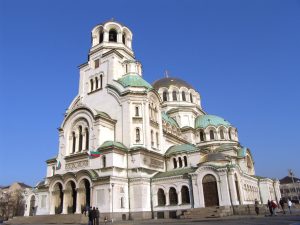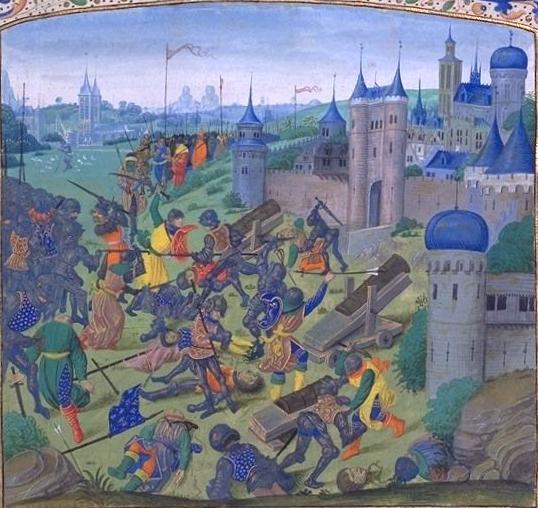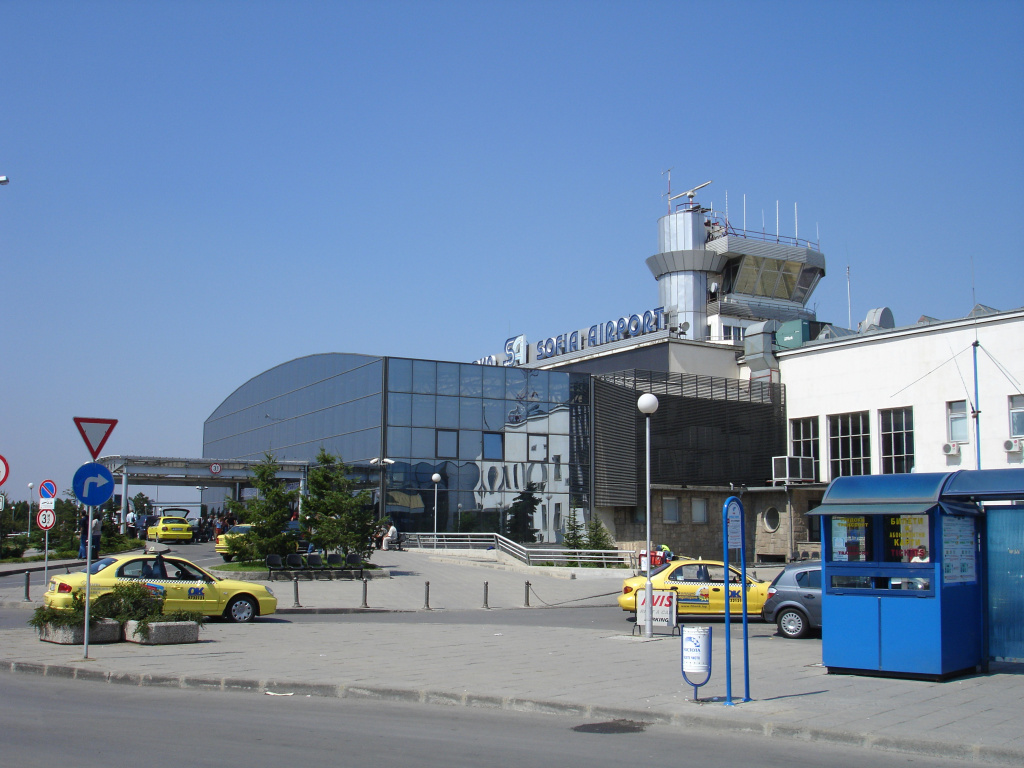 Sofia is a paradise of rich culture, history and nature’s best self creations.
Sofia is a paradise of rich culture, history and nature’s best self creations.
The biggest city in Bulgaria and also its capital is located on the western part of the country just at the northern foot of Vitosha Mountain. Populated with over half and a million people, it is considered a hub for functions relating to economy, culture, education and administration.
It occupies a huge territory of 1,186 square kilometers on a 550-meter average altitude. Three channels of the mountain directs to the city connecting Central Europe and Adriatic Sea with the Aegean and the Black Sea. A number of rivers can be found in the area including the Perlovska, Vladaiska and the Iskar River as well as artificial dam lakes even famous for thermal and mineral springs. Sofia is bounded by Serbia, Republic of Macedonia and Greece.
Sofia’s history can be outlined 7000 years ago where excavated ancient settlements became eminent of early inhabitants located at present near the districts of Obelia and Slatina as well as near the royal palace. Seventh (7th) century town walls are remains of Thracians city which is built next to the mineral spring. Sofia during the Balkans time has held a significant part in the community since then.Sofia Existed in history through several names: Serdica or Sardica (Σερδική, Σαρδική) during the 29 C campaign of Marcus Licinius Crassus and had been popular to Ancient, Byzantine and Latin sources; Medieval Greek sources used Triaditsa (Τριάδιτζα); adaptation of Serdica, Sredets (СРѢДЄЦЪ), used in the 11th century Vision of Daniel. It was in 14th century Charter of Bulgarian Ivan Shishman was the name Sofia first used.
Climate
The city’s climate is characterized by high temperature amplitudes generally because of the humid continental climate. Temperature in Sofia is cooler than other parts in the country with its coldest on January and hottest in August. Average temperature is 10.5°C which was a little higher compared to the city’s temperature before 1936.
Museums and Churches
Notable in Sofia are museums including the Bulgarian Natural History Museum, National Historical Museum, the National Polytechnical Museum, the Museum of Earth and Men, the National Archaeological Museum, the Ethnographic Museum, the Bulgarian National Gallery for Foreign Art, the Bulgarian National Gallery of Arts and the Sofia City Art Gallery.
The Largo is today’s exemplary model of Socialist Classicism architecture. It was build in 1950 and consists of the Party House (which is now home to National Assembly of Bulgaria) and two other structures – one houses the President’s Office, the Ministry of Education and the Sheraton Sofia Hotel Balkan while the other holds the Council of Ministers o f Bulgaria and the TZUM department store.
Church attractions include the 6th century Church of St. Sophia; the 4th century Church of St. George; the 20th century Alexander Nevsky Cathedral; the medieval-restored Church of St. Nedelya; 14th century Church of St. Petka, beautifully designed with fine frescoes; and the 1914 Russian church or the Church of St Nicholas.
Transportation
Sofia is a center for automobile roads and international railway. Trans-European Transport Corridors 4, 8 and 10 pass through the city. The city is also home to eight major railway stations, including the Central Railway Station, as it’s the biggest. You can also find several bus stations traveling domestic and international trips. Sofia Airport is located within the city which in 2007 had a record of 2.7 million passengers.
Sofia boasts its relatively lower fare than other European cities, making a big part of the populace afford the local taxi fare.



